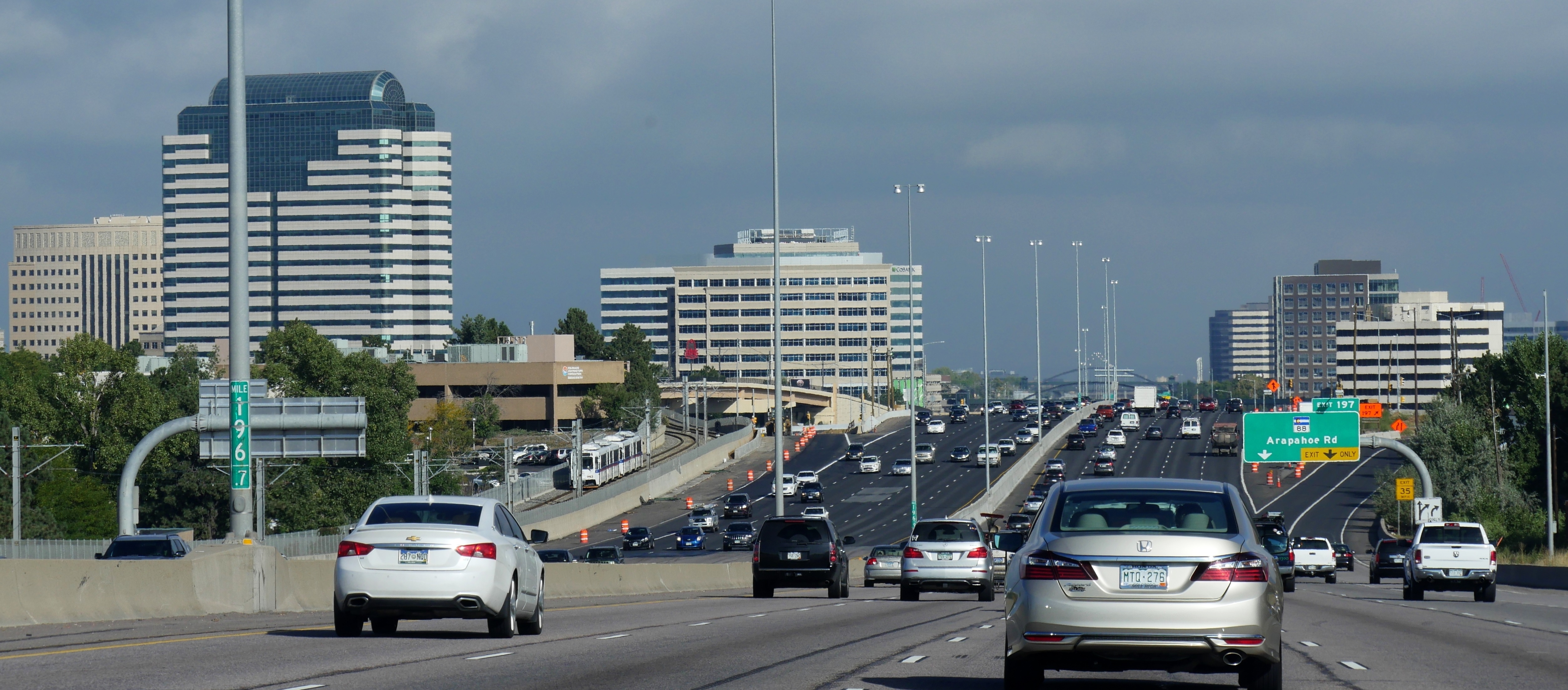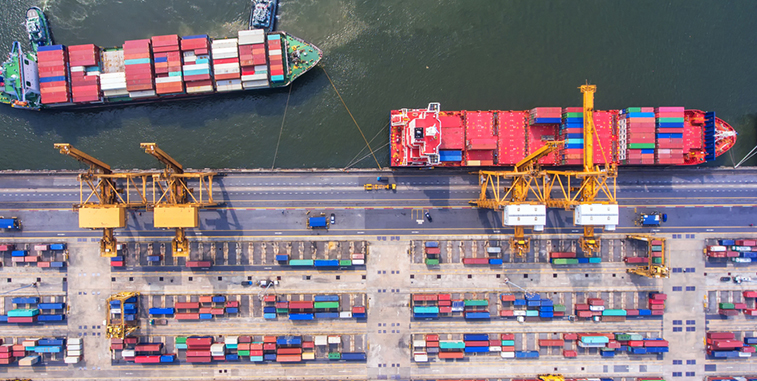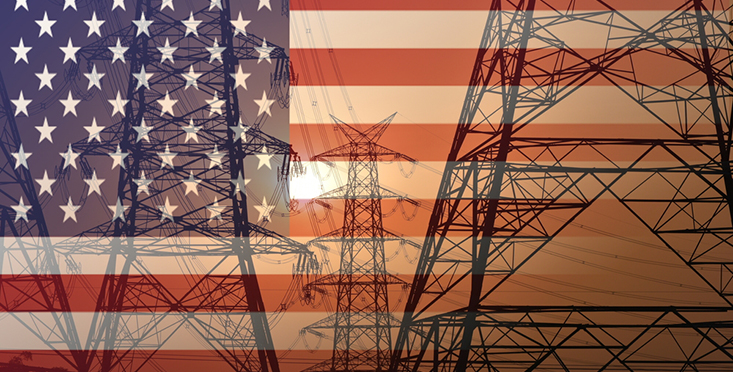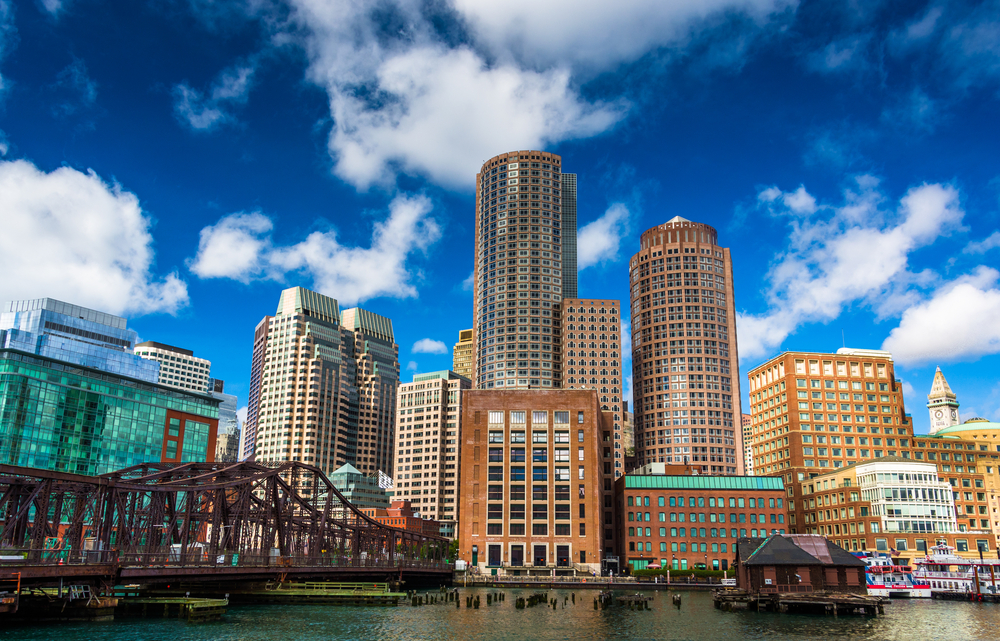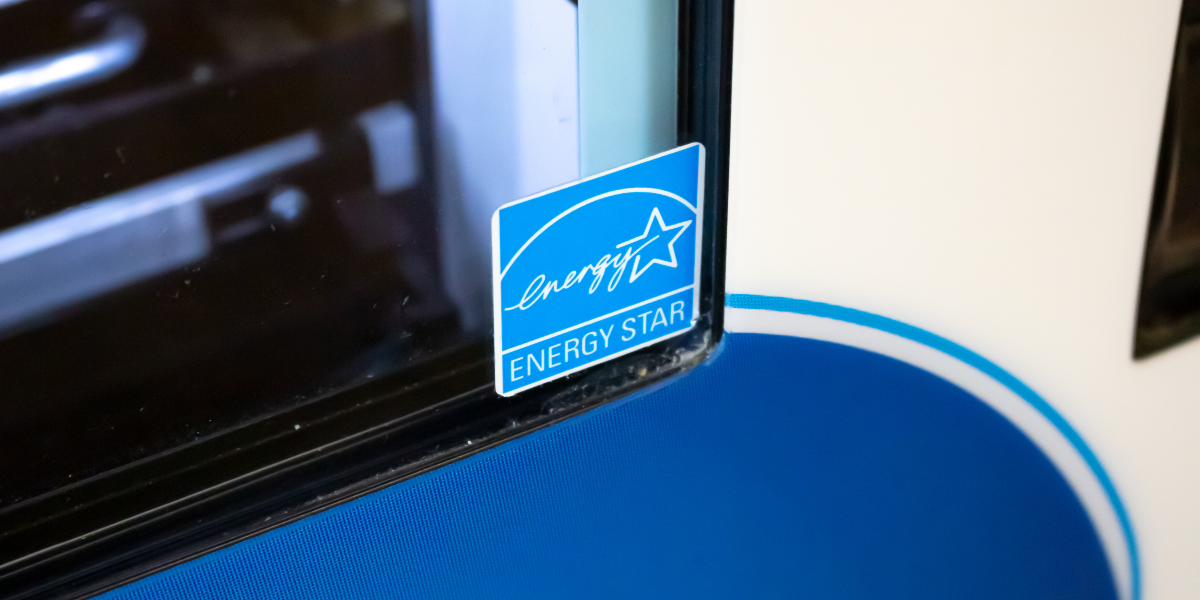Blog to Save Energy
Let's Save Energy
Alliance to Save Energy's Blog
|
11/01/17 We need a broad national transportation policy conversation, guided by a principle we can all get behind: meeting tomorrow’s transportation needs while using less energy. |
|
04/11/17 This is the second post from the Alliance’s “Eye on Infrastructure” blog series, which will highlight how policymakers can work to ensure energy security, economic competitiveness, and savings for American taxpayers by considering the role of energy efficiency in rebuilding America’s infrastructure. |
|
01/12/17 As we look ahead to the swearing in of President-elect Donald Trump next week, we pause to reflect on the accomplishments of the last eight years under President Obama in continuing a bipartisan tradition of supporting energy efficiency through smart federal policy. Dating back to President Ronald... |
|
08/26/16 The Massachusetts Bay Transportation Authority (MBTA), which operates bus, subway, railway and ferry routes in and around the Boston metro area, knew it wanted to cut back on energy costs. (The MBTA spends $42.5 million a year on electricity and is Massachusetts’ largest electricity consumer.)... |
|
03/07/16 As a nation, we are constantly on the move, traveling more often and farther than ever before in our nation’s history. This presents the opportunity for increased energy productivity – that is, the opportunity to get more economic output for less energy. |
- No more...
RECENT BLOG POSTS
STAY EMPOWERED
TAKE ACTION
Help the Alliance advocate for policies to use energy more efficiently – supporting job creation, reduced emissions, and lower costs. Contact your member of Congress.
JOIN US
Energy efficiency is smart, nonpartisan, and practical. So are we. Our strength comes from an unparalleled group of Alliance Associates working collaboratively under the Alliance umbrella to pave the way for energy efficiency gains.
DONATE
The power of efficiency is in your hands. Supporting the Alliance means supporting a vision for using energy more productively to achieve economic growth, a cleaner environment, and greater energy security, affordability, and reliability.

